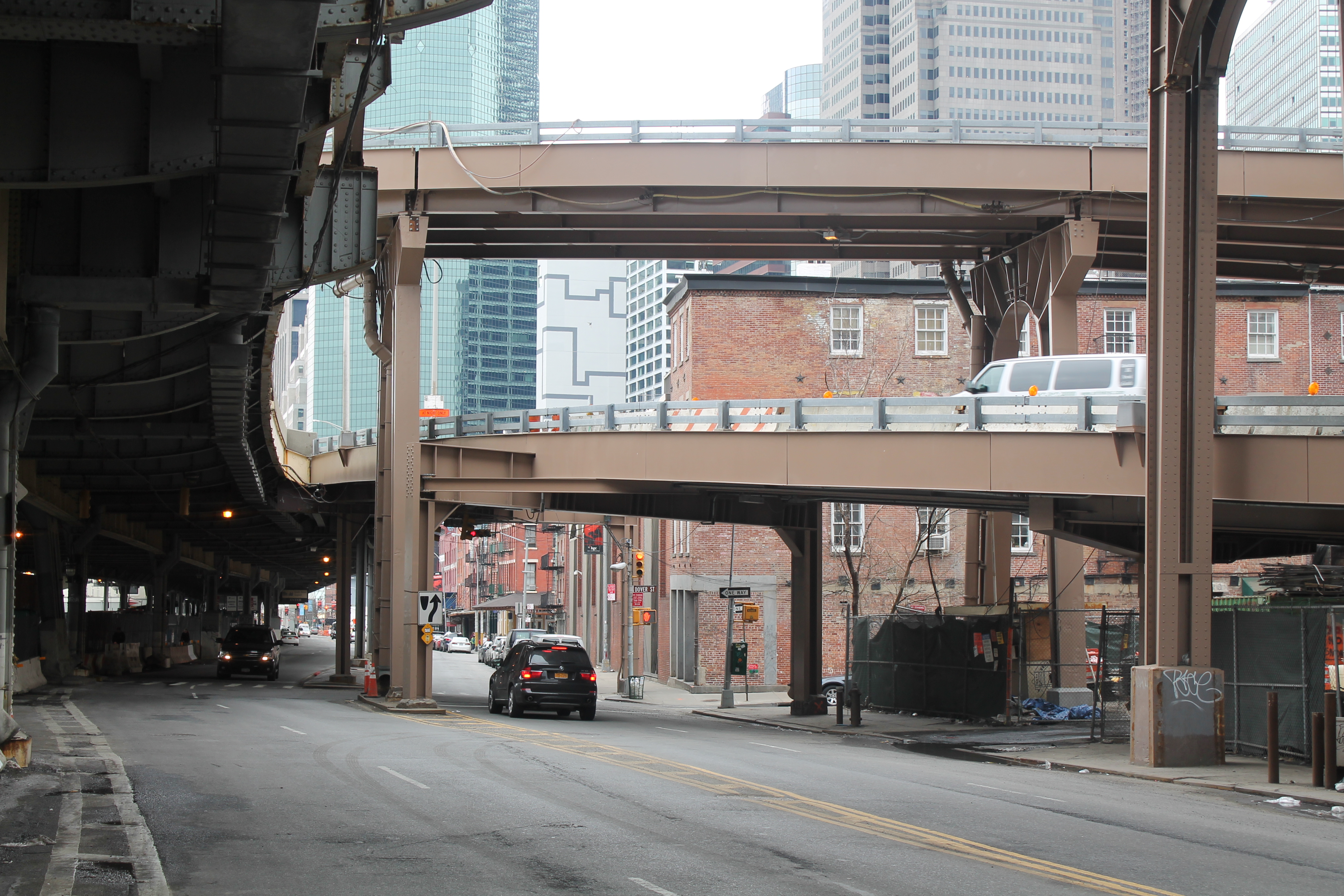Urban transformation is directly related to the planning, design and use of a series of urban infrastructures: from streets to highways, from bus to train lines and their connecting transport hubs, from bicycle lanes to systems of pedestrian routes, from rivers, canals or other waterways to harbor facilities, they play an essential role in urban development and renewal as they guarantee mobility and connectivity. Planned strategies to transform or extend urbanised areas are mostly based on the making or remaking of infrastructures. However, the relationship between infrastructures and the surrounding urban fabric, more specifically the collective spaces it constitutes at the level of the urban landscape, is not always the starting point of providing these facilities. In many cases, the urban fabric is wrapped around or fragmented by these infrastructural projects, causing scale contrasts and struggle to integrate within, generating processes of misappropriation or misuse.
During the last decades, research on planning and design models related to the building or integrating of urban infrastructures have been developed and tested via specialized disciplinary fields. From traditional morphological research, analyzing urban growth schemes in a historical framework (de Sola-Morales, 1997: Serra, 2002) to studying syntax integration values (Hillier, 1996), both approaches allow to provide insights to the sociomorphological dynamics of space production. Mobility or transportation studies, mostly based on criteria of efficiency, capacity or performance (De Meulder, 2008) combine research methods focusing on how to densify the existing built environment (Zardini, Sherman and Ray, 1999) or intensify its program, both linked to infrastructural interventions (Shannon and De Meulder, 2009). Other study fields focus on centrality or multicentrality (Busquets, 1987) and the urban or peri-urban condition of areas in transformation (Secchi and Vigano, 2013), seeking to guarantee maximum connectivity (Graham and McFarlane, 2015). Linked to these research and design approaches, new planning models have been studied to update zoning or land use planning (Khan, Moulaert and Schreurs, 2013), relying on strategic plans with a highly structural dimension laid out in time and a strong focus on participation. At alternating scales, the level of formalization -that is the explicit or implicit delimitation of use of space- is studied (Lefebvre, 1996; Harvey, 2013) as available space is reducing and mobility requirements increase. Finally, the planning and design of urban infrastructure embodies models of social inclusion of exclusion (Smith, 1992; Sennett, 2013; Abdoumaliq, 2015), due to the resulting change of accessibility and living standards for the inhabitants.
Despite the un-doubtable necessity of the previously mentioned existing research approaches on the relation between infrastructures and the urban fabric, there is a high need to explore and unfold research approaches that focus specifically on the immediate impact or perception or experience of infrastructures on a neighborhood. From the visual perception to the level of accessibility or permeability, from their proximity to working or living environments or adjacency with other urban programs, the daily and close relation that inhabitants have with multiple urban infrastructures is quintessential to study the transformation of the urban fabric. This relationship is related to social and cultural factors (Rapoport, 1991; Reinders, 2014), as the reading and interpretation of the built environment depend on them (Hillier, 2004). Most often, the perception or close impact of infrastructures as part of the urban landscape is considered only a secondary level of research in urban design or planning research approaches.
Research project by Hannes Van Damme and Prof. Dr. Kris Scheerlinck at KU Leuven, Department of Architecture, research group Urban Projects, Collective Spaces and Local Identities.
An update of the outcomes of this research project will follow soon. Find more recent updates on https://streetscapeterritories.wordpress.com





Comments are closed.